Evaluating the Quality of Pearls - Key Factors to Consider

Pearls are a classic gemstone treasured for centuries. But how do you know if you're getting your money's worth? The key is to evaluate the quality of the pearls. However, there are several factors to consider, such as luster, surface quality, shape, and size. The variation in pearl prices can also be attributed to these factors. Therefore, learning how to identify high-quality pearls is essential for ensuring you get the best value for your money and for avoiding common pitfalls and scams in the pearl market.
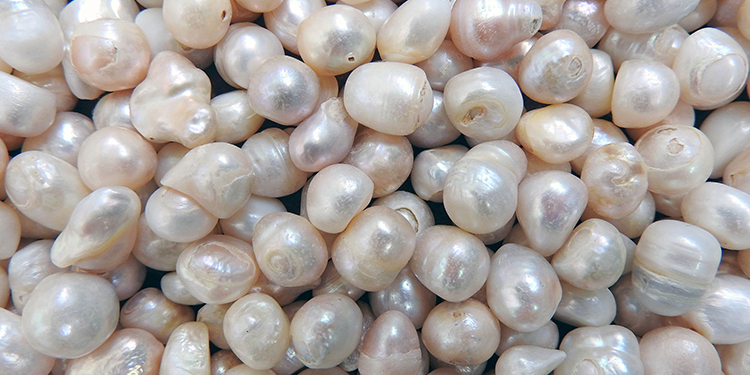
While it may seem overwhelming, do not worry - we'll walk you through these factors so you can choose the perfect pearls for you or your loved ones.
What are pearls?
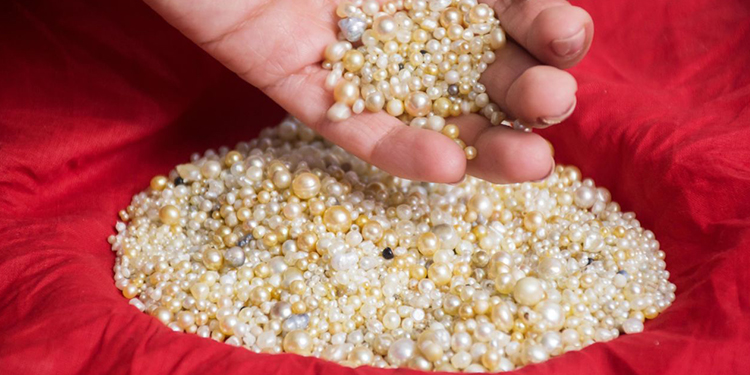
Pearls are spherical or irregularly-shaped gems formed inside certain mollusk shells and prized for their lustrous and iridescent qualities.
A brief history of pearls

Thousands of years ago, humans discovered pearls while scavenging the seashore. Since then, pearls have been among the most highly prized and sought-after gems, with countless references to them in religion and mythology. The ancient Egyptians were buried with pearls, and Cleopatra once drank a dissolved pearl in wine to win a bet. In ancient Rome, pearls symbolized wealth and status, while the Greeks valued them for their beauty and association with love.
During the Renaissance, pearls were a favorite of European royalty, and laws were passed to restrict their use to nobility. By the 17th century, overfishing had depleted American pearl oyster populations. However, natural pearls remained inaccessible to most until the 1900s when Jacques Cartier famously traded pearl necklaces for property in New York.
Factors that affect pearl value
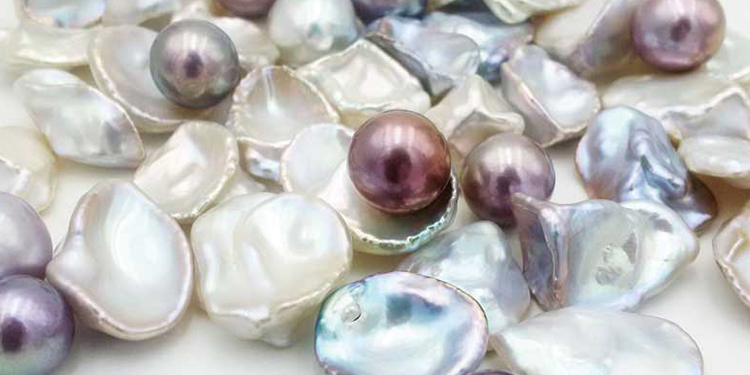
The real value of a pearl can be determined by analyzing various characteristics specific to pearls, including their environment. It's worth noting that freshwater pearls are less expensive than saltwater pearls, mainly due to their relative scarcity.
Size
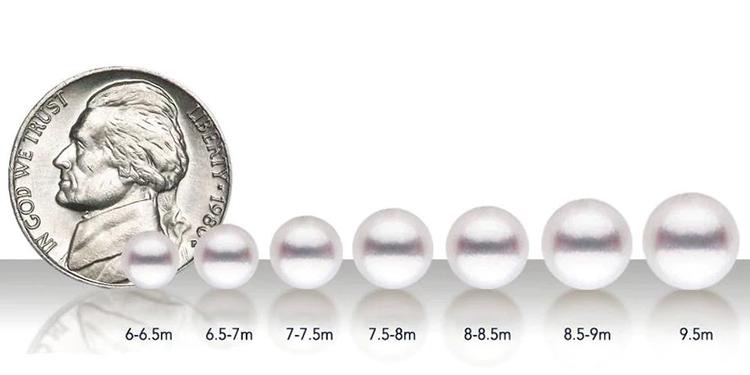
A pearl's size impacts its value due to its rarity and cultivation difficulty. It is measured in millimeters, and even a slight difference in size can significantly impact its value. Note that it is more than the size needed to determine a pearl's worth. Larger pearls with poor quality may be worth less than smaller but higher-quality ones. Moreover, certain pearls, like the South Sea, are naturally larger and thus may have a higher value.
Shape
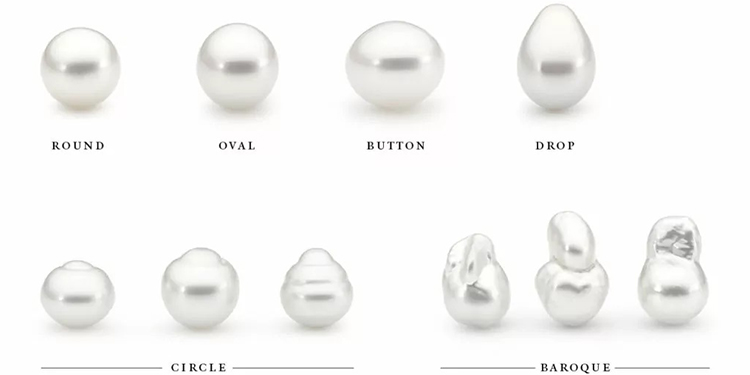
Round pearls are considered the most highly valued and sought-after shape, as they are the rarest and most difficult to cultivate. Other symmetrical shapes, such as teardrops or ovals, can also be valuable depending on their quality. Irregular or misshapen pearls are less valuable and are considered lower quality. However, some pearls, such as baroque, can be highly valued for their unique and unusual shapes.
Color
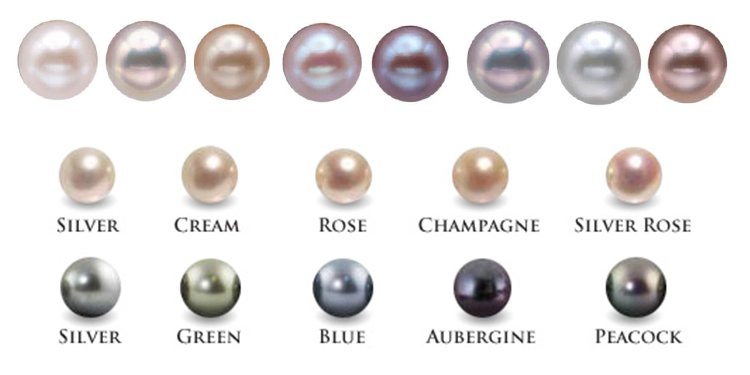
Pearls come in various colors, from white and cream to black and everything in between. Generally, pearls with more vibrant and rare colors are more valuable than those with more common hues. For example, natural pink and orange pearls are the rarest and can command high prices. The consistency of the color is also essential, with pearls that have a uniform color being more valuable than those with blemishes or color variations.
Lustre
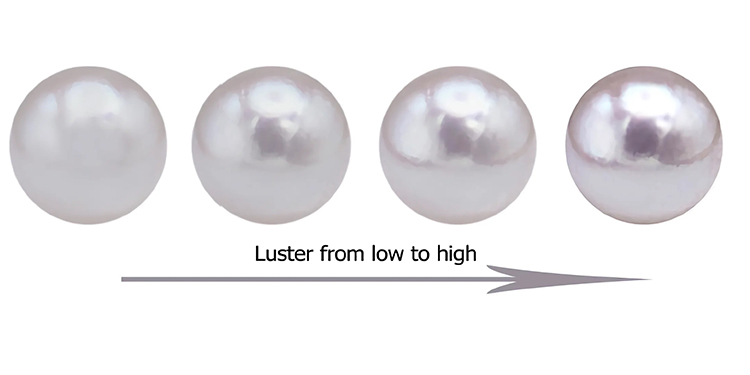
A pearl's value is affected by its luster, which refers to how reflective it is. A pearl with a bright, mirror-like luster is considered more valuable than a dull one. The thickness of the nacre layers plays a crucial role in determining a pearl's luster. However, the arrangement and translucence of the nacre plates also affect the intensity and quality of the reflection. Although thick-nacre pearls are more valuable, some may not have a high luster and thus lose value. This means that a pearl's value is not only determined by its nacre thickness but also by its reflective properties.
Surface quality
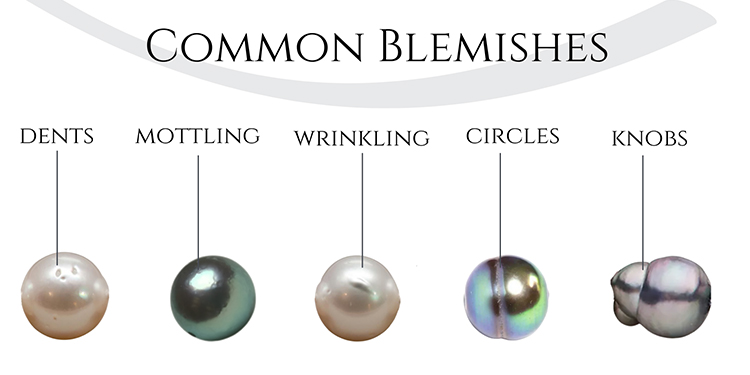
The visibility of its imperfections determines the value of a pearl. The presence of spots, wrinkles, and abrasions on a pearl's surface usually does not affect its durability but can impact its value. The visibility of imperfections is a crucial factor in determining the value of a pearl. Pearls with numerous visible flaws are considered to be of lower value. Good quality pearls have a clean surface with no or minor imperfections that are not easily detectable. Blemishes such as chips, gaps, and cracks pose a more serious threat to a pearl's durability and can significantly diminish its value.
How much are pearls worth?
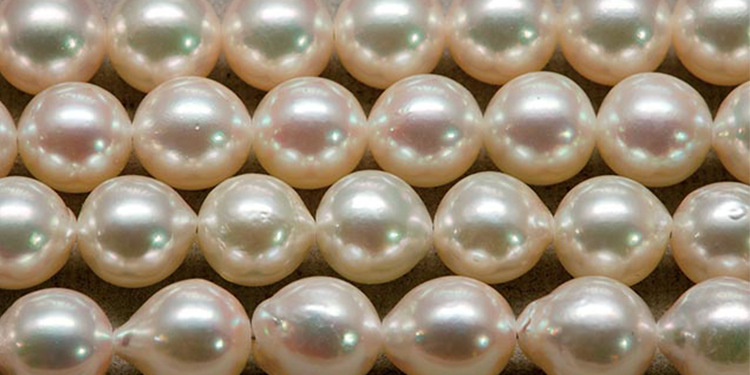
Different pearls are priced differently.
Natural pearls
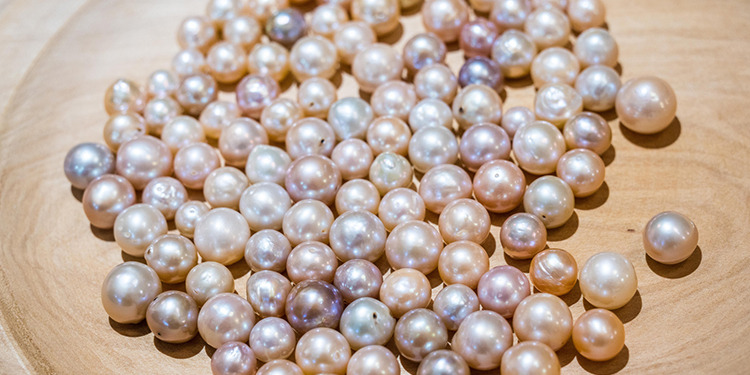
Natural pearls are a rare type that commands a high price due to their scarcity. As a result, they are not commonly sold in retail markets, while Akoya pearl necklaces can cost up to $10,000. South Sea pearls, especially large ones, can be valued at over $100,000.
Cultured pearls
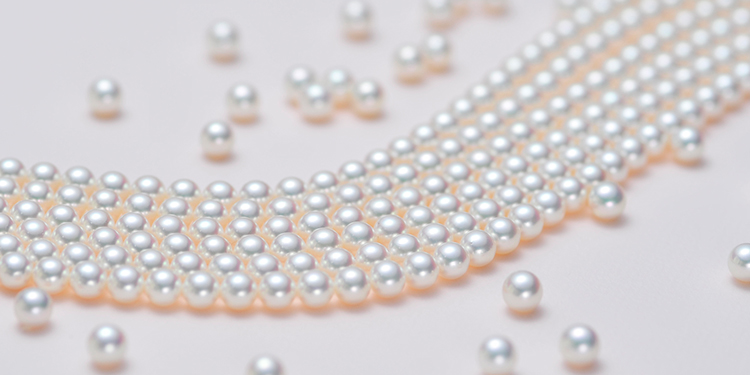
The low-end cultured pearls can be found for under $100, while average quality pearls range from $150 to $300. High-quality pearls with fine-quality nacre, luster, and surface can cost from $400 to $6,000 or more.
Note: Most of the pearls mentioned underneath are also cultured.
Freshwater pearls
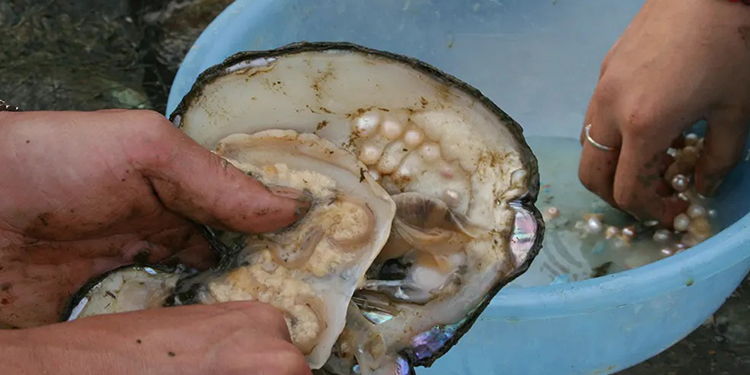
The cost of a freshwater pearl can range from as low as $75 to as high as $3,000, depending on several factors, including size, shape, luster, color, matching, surface quality, and nacre quality.
Akoya pearls

The price range of Akoya pearls varies depending on their quality. Low-quality Akoya pearls are below $100, while the average quality ranges from $150 to $300. Fine quality Akoya pearls, on the other hand, can cost $400 or more and even go up to $6,000 or higher.
South sea pearls

South Sea pearls are highly valued and can command a high price due to their large size and high quality. Low-priced South Sea pearls cost below US$200, average quality ones range between US$250 - US$450, and fine quality South Sea pearls cost between US$1,200 - US$135,000 or even more.
Tahitian pearls
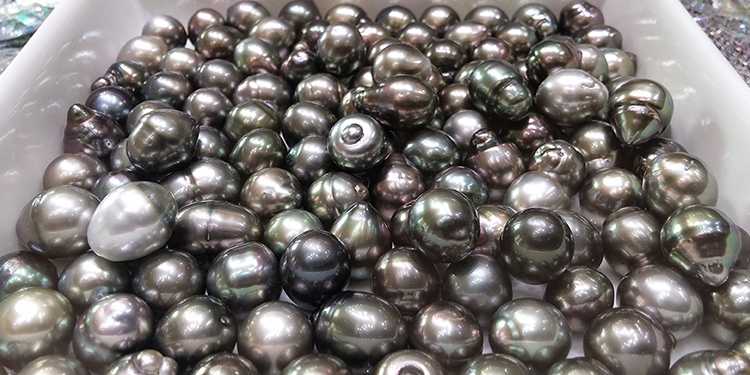
Tahitian pearls are highly valued, with even tiny pearls of average quality costing around $100. Perfectly round pearls of 18mm diameter can sell for as much as $10,000 due to their rarity and desirability.
Conclusion
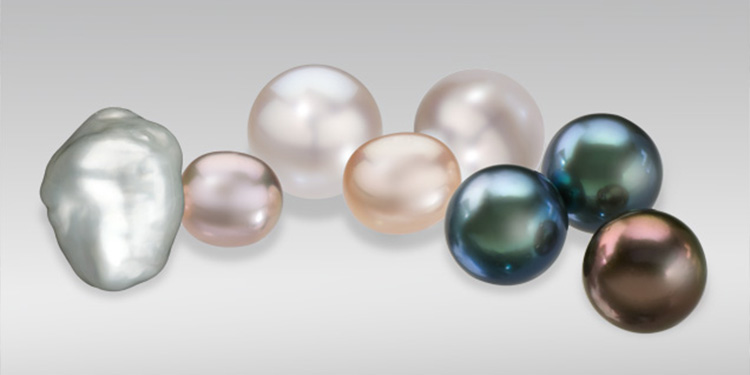
Evaluating the quality of pearls is essential before making a purchase. Surface quality, luster, shape, size, and color are the key factors that determine a pearl's value. Imperfections and blemishes can significantly lower the value of a pearl, regardless of its other qualities. However, the value of pearls is subjective and can vary based on market demand, source, and other factors. Therefore, when purchasing pearls, consider all the factors to assess if the price is worth the quality of the pearls.


Leave a Comment